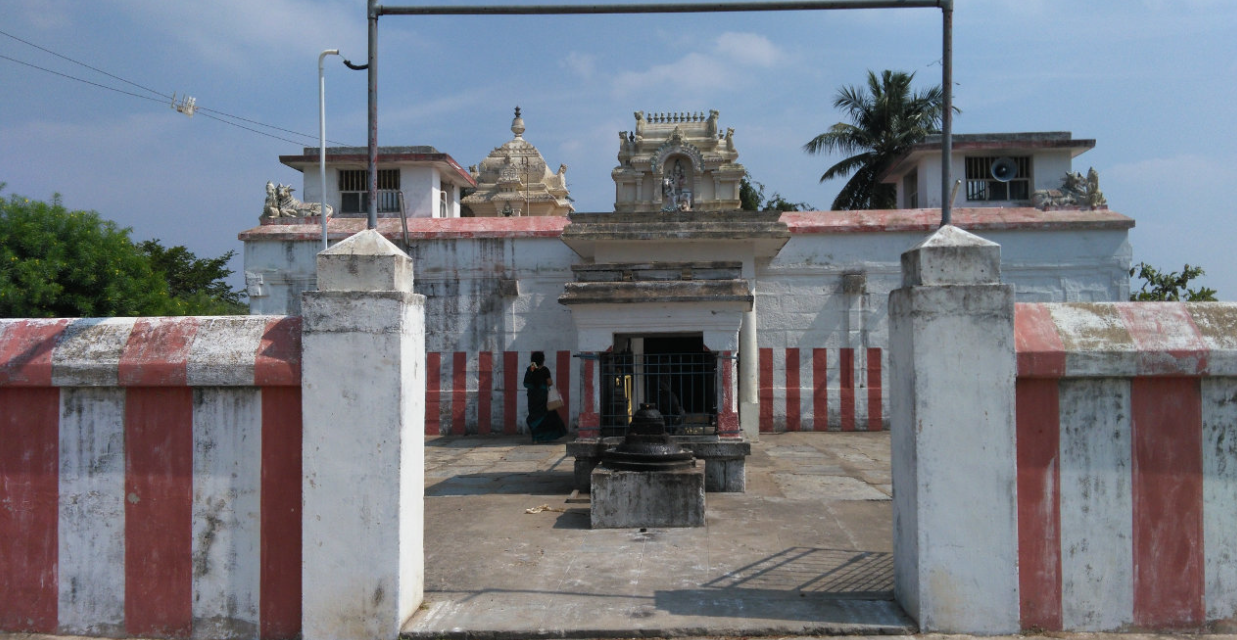Sage Markandeya was destined to die at the age of sixteen. To avoid his fate, he undertook a pilgrimage to various Shiva shrines. Upon reaching the age of sixteen, Yama, the Lord of Death, approached him to claim his life. However, when Yama cast the rope around Markandeya’s neck, it accidentally fell on Lord Shiva, who, in turn, cursed Yama for his mistake and dismissed him from his post. Markandeya was saved by Lord Shiva’s grace. Afterward, Yama sought Lord Shiva’s pardon, and the Lord told him that he would have a chance to perform penance on Earth, where he would regain his position. Yama came to Earth in the form of a crow, worshipped Lord Shiva, and visited many temples.
Indira, the king of the Devas, once cast his eyes wrongly on the wife of Sage Gautama. For his transgression, he was cursed by the sage to have eyes on all parts of his body. Seeking relief from his curse, Indira came to Lord Shiva, who advised him to undertake a pilgrimage on Earth. Indira came to Earth in the form of a squirrel to worship Lord Shiva.
It so happened that Yama, Indira, and Vali, the king of monkeys, arrived at the temple simultaneously. Vali, a great devotee of Lord Shiva, worshipped the deity with utmost devotion. Together, Yama, Indira, and Vali worshipped Lord Shiva, and Lord Shiva granted them his darshan, relieving them of their sins. As a result, Lord Shiva stayed in this place as a Swayambumurthy (self-manifested deity), and the place became known as Kurangu Anil Muttam (Kurangu – Monkey, Anil – Squirrel, Muttam – Crow).
Sculptures depicting the worship of Yama, Indira, and Vali can be seen on the pillars of the temple. Lord Valeeswarar is enshrined in the form of a Swayambulinga, and on certain days during the month of Chithirai (April-May), the rays of the sun fall on the deity.
Administration History :
The administration history of the temple traces back to various dynasties, including the Pallavas, Cholas, and Vijayanagara kings, who contributed through inscriptions and donations for temple maintenance and rituals. The temple witnessed renovations during these periods, and the Kumbhabhishekam was last conducted in 1985. Currently, the temple is managed by the local temple authorities, with regular poojas and activities carried out under the supervision of the Tamil Nadu Hindu Religious and Charitable Endowments Department.
